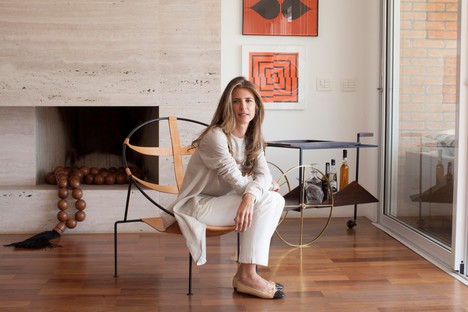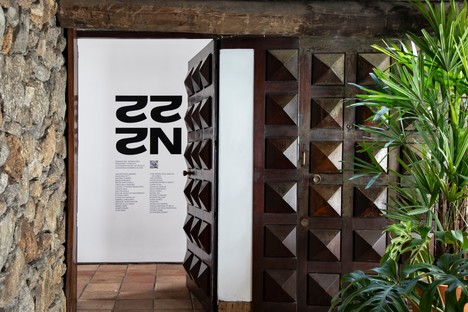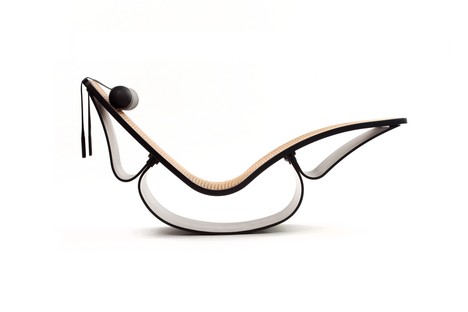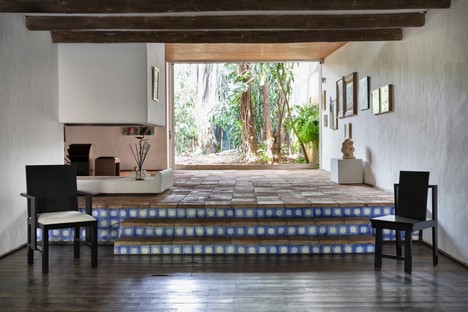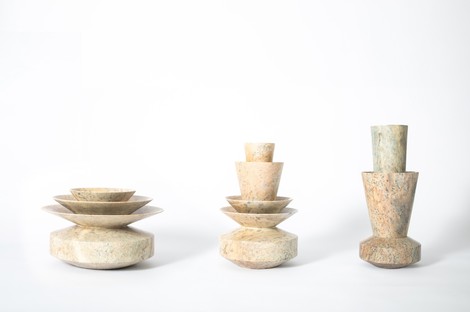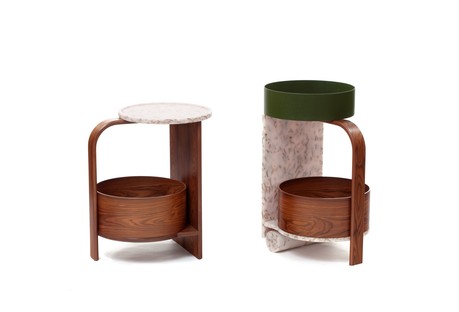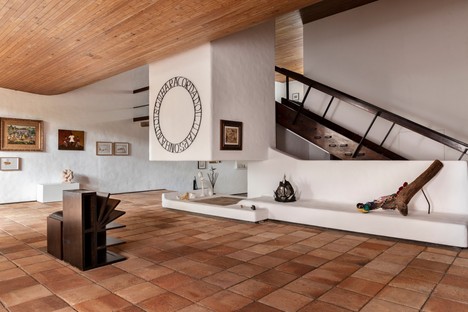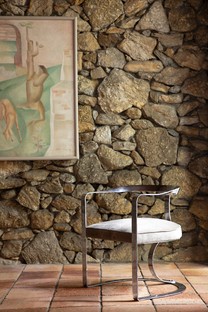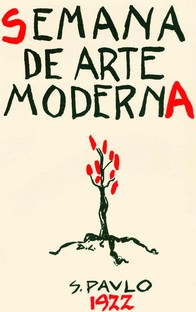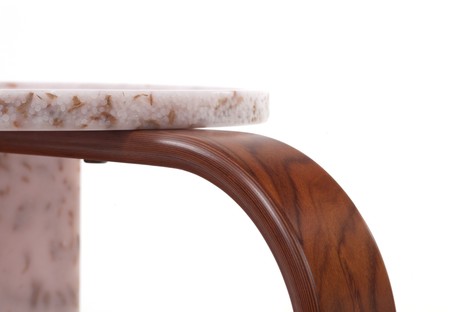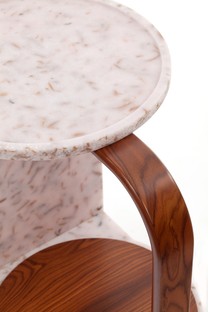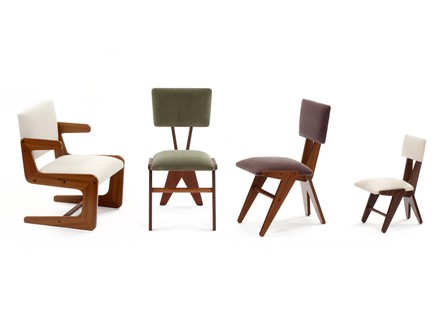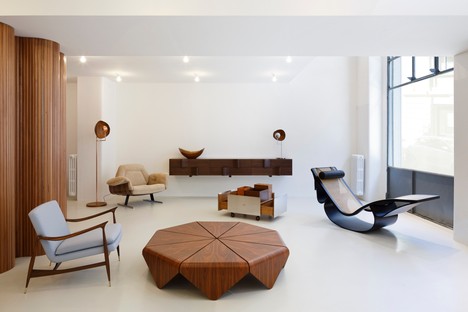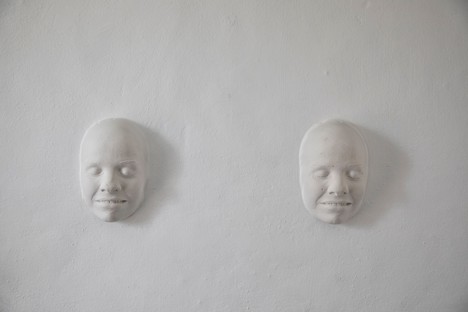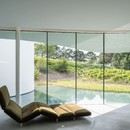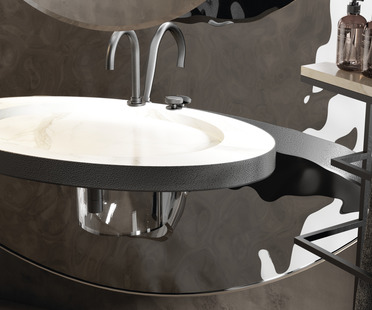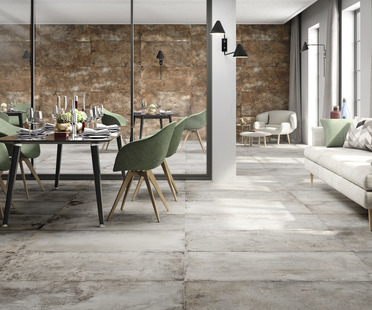14-04-2022
Lissa Carmona and Brazilian design: ‘We are celebrating an anniversary spanning past and future’
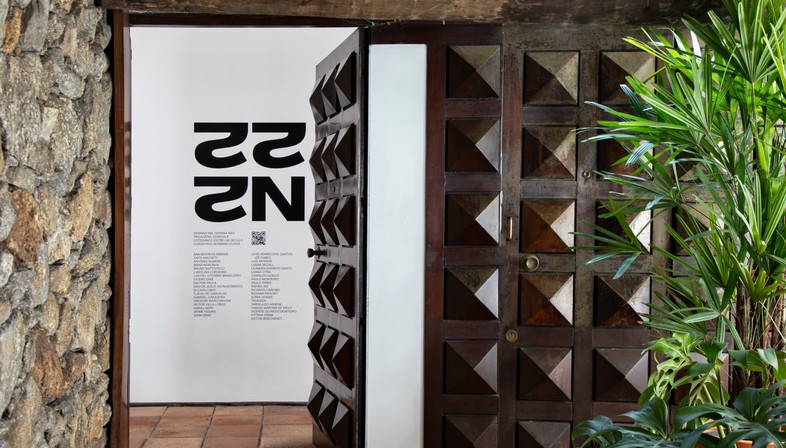
Exuberant and passionate with a sunny disposition, Lissa Carmona is everything you would expect from a classic Brazilian lady. But her personal charm goes hand in hand with an uncommon dedication, skill and unrivalled sensibility for the design culture of her great country. She took her first steps into the world of design thanks to her mother, Etel Carmona, a self-taught designer who fell head over heels with wood and started producing her own furniture. From its humble beginnings, that small workshop grew over the years to become Etel, the producer of choice for all the greatest designers in Brazil, both past and present. So much so that today, the Etel gallery - with locations in São Paulo, Milan and Houston - boasts exclusive editions of pieces by Giuseppe Scapinelli, Gregori Warchavchik, Joaquim Tenreiro, Jorge Zalszupin, Lasar Segall, Lina Bo Bardi, Oscar Niemeyer and Sergio Rodrigues, to name but a few.
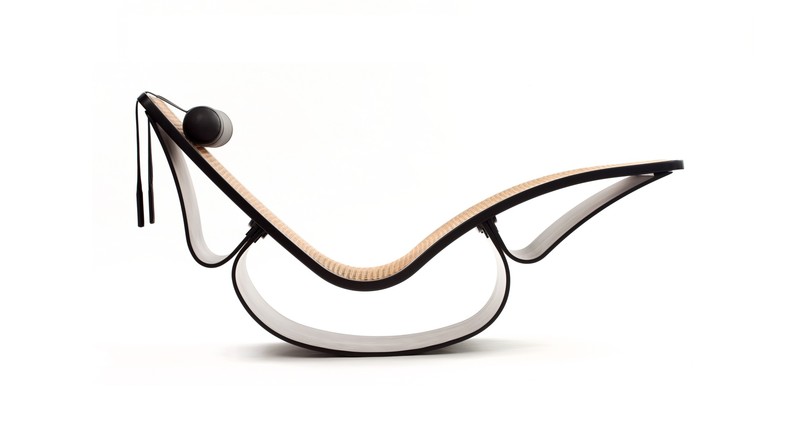
At the time of our interview, Lissa is in São Paulo, five hours behind Italy: the warm morning light of a late summer’s day shines through the screen, whilst the large window behind her offers glimpses of handsome, lush plant life.“It all happened in just a single week, 13 to 17 February 1922,” says Lissa, who has organised exhibitions and held conferences for the centenary of the Semana de Arte Moderna - “that was the official start of the Modernist movement that came to characterise all of Brazil’s creative expression from that moment on. In 1922, the country - a hundred years after gaining its independence - wanted to make its own way in the world and break free of its historical ties to Europe, all whilst maintaining relations with the international avant-garde movements of the time. Every discipline imaginable was involved, including architecture and design: this exceptional week provided designers of all kinds with boundless inspiration in seeking out an identity of their own. Waves of foreigners flocked to the country too, finding a freedom that was not available elsewhere, including Jorge Zalszupin from Poland, Lasar Segall, a Lithuanian Jew, and Gregori Warchavchik, a Jew born in the Ukrainian city of Odessa”.
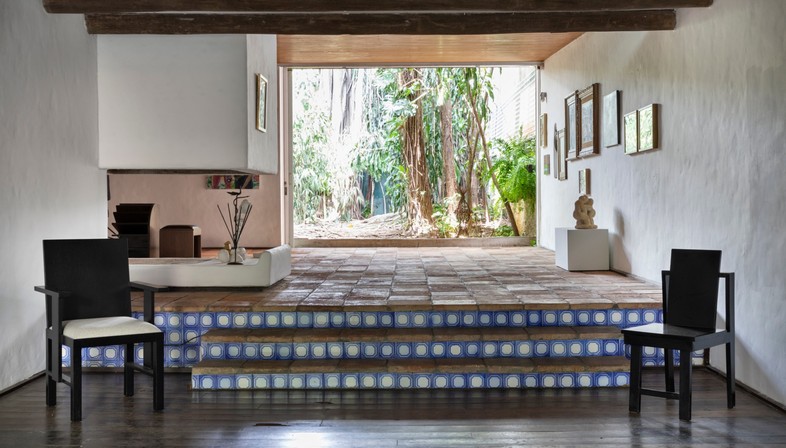
For Carmona, the significance of commemorating such a meaningful event lies in the insight into the future that it provides, just as those visionary artists did all those years ago as they endeavoured to find a mode of expression that reflected the melting pot of cultures that was 1920s Brazil (and they were met with derision and rejection at the time, though we all know that the avant-garde very rarely seeks - or obtains - the consensus of the masses). With this in mind, I ask Lissa what direction design has taken in Brazil today: “The aims of Brazil’s designers are much the same as the rest of the world, namely preserving our environment, first and foremost. That said, I feel the need to point out a particularly unique feature: although industrial production does exist, Brazilian design has - unlike Italian design - managed to preserve a strong authorial connotation that walks the line between art and craftsmanship. These are often small limited collections, exclusive productions. It follows the paths of research, making it a functional discipline, but it still has all the soul and scope of art”.
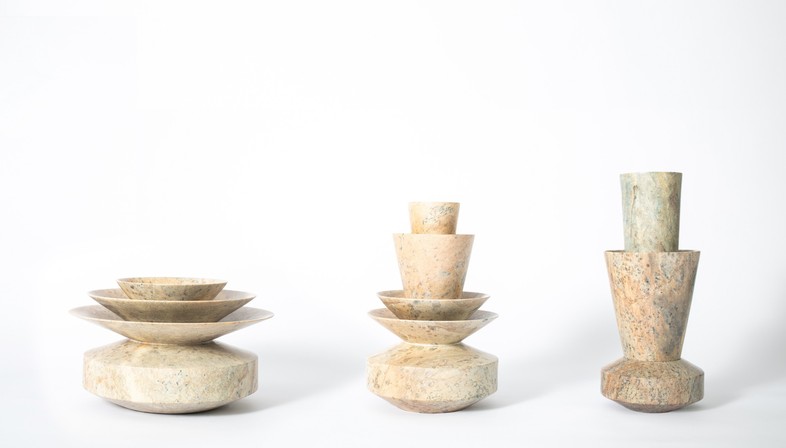
In light of Brazilian design’s close affinity for wood, one must inevitably wonder how it can maintain a healthy relationship with the Amazon rainforest, the world’s single largest green lung.“That’s a responsibility that weighs heavy on our shoulders, but the important thing is to use a proper methodology to interact with it: you must consider the rainforest not only as a natural park, but also as a place that is home to hundreds of thousands of people, all of whom must rely on it for their livelihood. Of course, it is very much possible to achieve this without destroying it, by working in harmony with the rainforest, using only certified wood, for example, and always collaborating with the local communities, as Etel has done for years (Etel was the first company in Brazil to obtain FSC certification - A/N)”. Lissa firmly believes that what we need is not yet another incredibly beautiful table, but rather a new kind of table, built in a sustainable way. This is a path that Carmona is experimenting with at Etel in partnership with Patricia Urquiola: the team has identified a resin derived from sugar cane waste and wood shavings which the designer has used in her Cascas side tables.
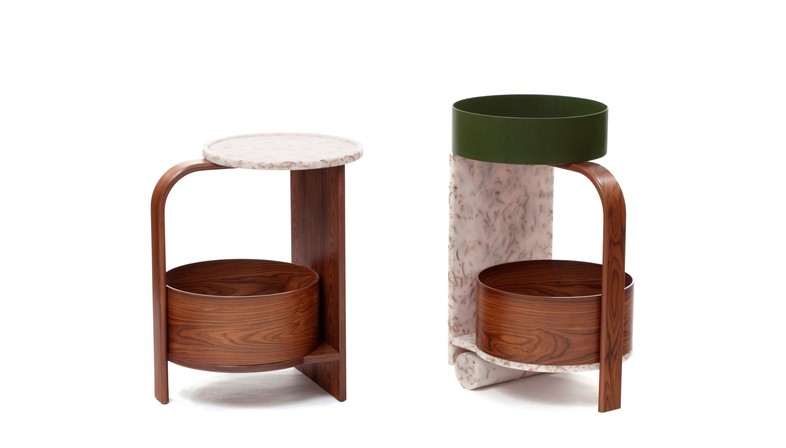
(Antonella Galli)
Captions and credits
For all images: courtesy of Lissa Carmona/Etel
02, 04, 07, 08, 14: Exhibition Every Other Week. Landscapes, bodies and daily life between a century, At Zalszupin House, São Paulo, organised in March 2022 to mark the occasion of the Centenary of the Semana de Arte Moderna 1922.
03 Oscar Niemeyer, Rio chaise longue, Etel
05, Alva, Vasos Brota
06, 10, 11 Patricia Urquiola, Cascas side tables, Etel, photo by Fernando Laszlo
12 Zanine Caldas, Z Line, Etel
13 Milano Gallery, Etel, photo by Andres Otero










